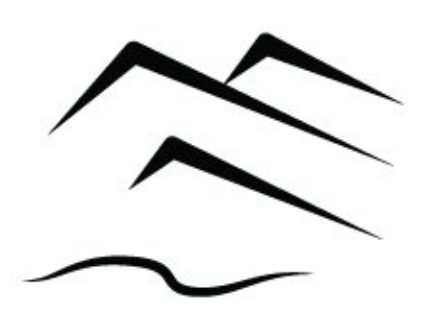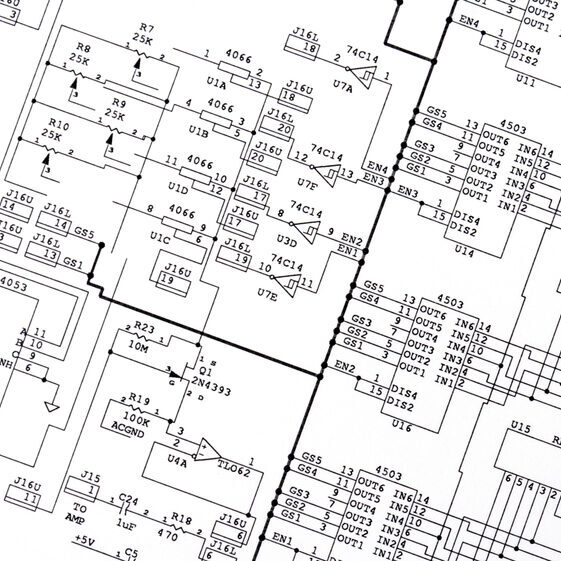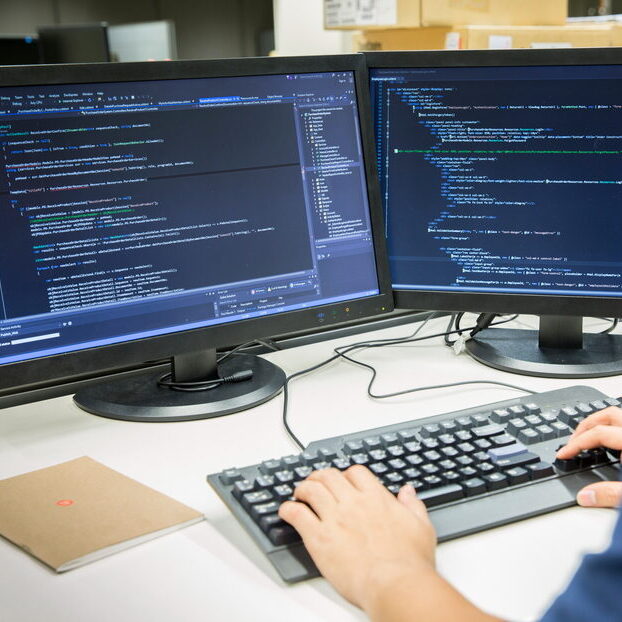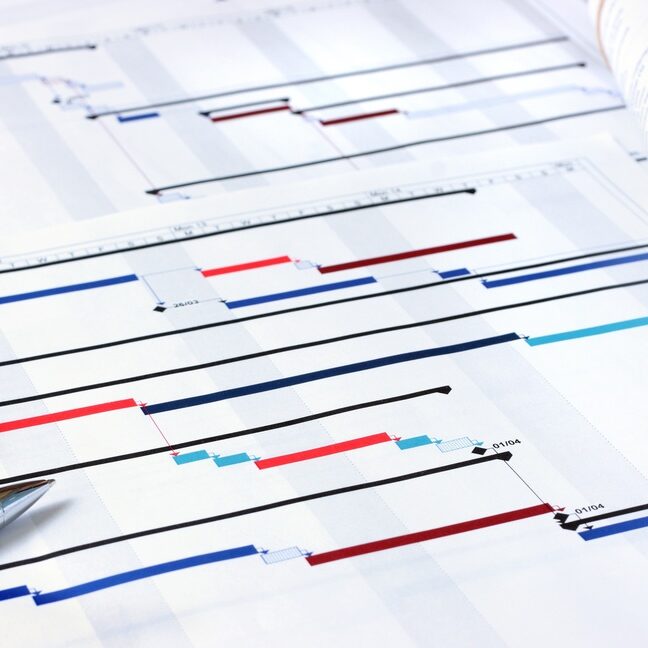Vermillion Power Technologies helps customers with problems that come with product development
We can help you develop your project at whatever scope your expertise and budget require
VPT’s Design Methodology
Design Process
In order to take your product from its conceptual design all the way to manufacturing it is important to have a structured approach. VPT’s process is described below.
Note: VPT offers each of these phases as standalone projects, or any of the pieces as consulting services.
Develop Requirements with Clients
With Use Cases and Scenarios we will work with you to identify exactly what your product needs to be able to do and where you may want to take it. We will pare down on unneccessary fluf fluff, and expand on possible missed opportunity.
Formalize Requirements
Draft Specifications
We will formalize the requirements through writing specifications. General specifications are created through formalizing what the product provides, what the end users are looking for and what makes the product unique. Use-cases are translated into technical specifications
Develop Solution Architecture
The solution architecture and specifications go hand in hand. Both inform the other. Drafting Specifications requires understanding of product vision and simultaneously, fleshing out the details informs that vision. The solution architecture is a formal description of that product vision
Ensure Product Viability
Before the expensive task of beginning to develop the product, it is important to verify that at the idea works theoretically. VPT will use mathematical models to test product viability to ensure that the product as envisioned should work as intended.
Develop Product Plan and Budget
Having established the requirements and overall vision of the product, VPT will create a product plan. Accompanying this document is the first estimate of the project budget.
Based on a conceptual design, VPT can begin work on the Proof of Concept.
Depending on the complexity of the new design, VPT will either build out the entire PoC right away or will prototype in pieces at first.
Creating Interface and Test Plans
Test Plans
There are two phases of creating test plans within this section of development.
First, before beginning development on the product VPT will create test plans to test system components. These will include metrics on what a pass or fail looks like. These tests are done to inform the initial development. These tests are done primarily to confirm that the system does work as intended
Secondly, as development on the product begins, VPT will begin to draft the test plan for the whole system. As progress is made, insight into edge cases, intra system interactions and product quirks will inform a more comprehensive test plan to be carried out in the demo/product validation phase. These tests are done to confirm that the system doesn’t break.
Interface
While a lot of testing is done directly on the hardware, it is usually required to be able to interface with the device in order to debug some issues. Additionally, during the demo phase testing needs to be done in the field. To facilitate this testing, we begin work on a preliminary interface. This interface is primarily driven by the test plan. What will need to be seen or verified, what will need to be modified etc.
Building The Proof of Concept
Once the test plan for the proof of concept is finished, VPT will begin work on building out the design.
Build out Design in Lab
For most of VPT’s engineers actually implementing the design is the most exciting part of the Proof of Concept Phase. As a result of the test plan (namely the metrics of success), and the specifications, VPTs engineers will have already have a well established framework with which to work . All that needs to be done, is implement the details.
Test and Prove Component Functionality
These tests are the ones laid out in the first test plan. They ensure that the components work as intended, the system as a whole will be tested here as well, but without real world conditions or packaging.
Trial Different Options for Components as Needed.
The product can often be built using different components for the same task. To optimize the product for your needs VPT will trial designs using different components.
Draft Documentation
VPT will also create draft of documentation starting in this stage. This will include BoM, Schematics etc.
Update Budget Estimate.
Having created a proof of concept, VPT will have a much more concrete estimate of the manufacturing costs of the product. Using this, VPT will update the estimated cost of manufacture.
VPT will have a more full picture of what will be required for testing, and product validation and will therefore, provide an updated estimate of remaining development cost.
After successful creation of a proof of concept, there still needs to be validation to make sure that the design is robust and manufacturable. To that end, in this phase VPT will create and test a demo or pilot with a devices as close to the planned final product as possible.
System Testing
Integrate Test Products into Packaged Products
The first step in testing the system is to integrate our test products into packaged products. We will have done testing on the proof of concept, but testing on the system as a whole requires that the system emulates the eventually sold product as closely as possible.
Create Test Tranches
According to the test plans that began to be drafted in the PoC phase, VPT will then group sets of these packaged products into testing tranches. The amount of devices in each tranche is determined by the statistical requirements of the tests while the number of tranches is determined by the number of different tests.
Test Products
Once all of this setup has been completed VPT will begin testing the products. We test device limits, edge cases, and how the device functions as a finished product. These tests include robustness tests, stress tests, field conditions etc. Once our internal tests are satisfied we move on to testing to make sure we are in line with needed certifications.
Update Documentation
Get certification
Depending on the product, you will likely need to be certified by third party organizations (CSA, UL etc.) Having done the testing to make sure the product is compliant with the certification’s specifications, we will submit and certify the product with the required orgs.
Update User Experience
With the information from the tests, we will have learned a lot both about how technicians and users can operate the equipment as well as what they want to do during that interaction. Using this information we will update operating protocols and complete the user interface.
Update Budget Estimate
Finally, we will update the budget to reflect both costs of the final stage and for the estimated price to manufacture the product.
VPT will provide all of the documents needed to take your product to its manufacturing stage.
Integrate Sections into Design and Documentation
In this last phase, VPT will make sure that all that has been learned or changed is in the Take to Manufacture documentation.
Deliverables
The documents that are contained in the Take to Manufacture package generally include the following
Overview
VPTs wide range in expertise allows us to offer services beyond product design.
The VPT team has filed more than 60 patents and are well equipped to assist you.
As a company dedicated to product design and development, VPT has extensive experience creating and putting into practice test plans for every phase of development.
Early Phases
If your company is just at the beginning of a project or new design, VPT can create test plans and mathematical models of the for the beginning of product development.
Pilot Phase
Your Proof of Concept is complete but you need to make sure that the product will work in the way you want it to in the field, under conditions that fall at the extreme ends of your safety limits, and can be used in a way that is attractive to your customers. VPT can create test suites to answer these questions as well as establishing metrics that can inform you about user interaction and product reception.
Manufacturing Phase
Whether you are manufacturing the product yourself, or using a third party manufacturer, VPT can help optimize your testing strategies to ensure efficient quality analysis of the manufactured products.
We are well equipped to help you find the right manufacturer for your product, budget and market. VPTs engineers have over 175 years experience in managing IP portfolios, product design and large complex international projects. This experience allows us to help facilitate understanding your manufacturing possibilities and limitations. This in turn will lead to suggestions for the OEM that is best suited to your needs
User experience can make or break your product. Especially with products that are intelligent or complex, misuse and frustration with a difficult to understand process is often the distinguishing factor between a successful release and a total flop. VPT will help develop the necessary training procedures to reduce the barriers to entry.
Often associated with end user training, informative engaging documentation is a must for any complex system. VPT will engage with your team to fully grasp the scope, functionality and complexities of your product and will create documentation to pass on that understanding to your end users.




